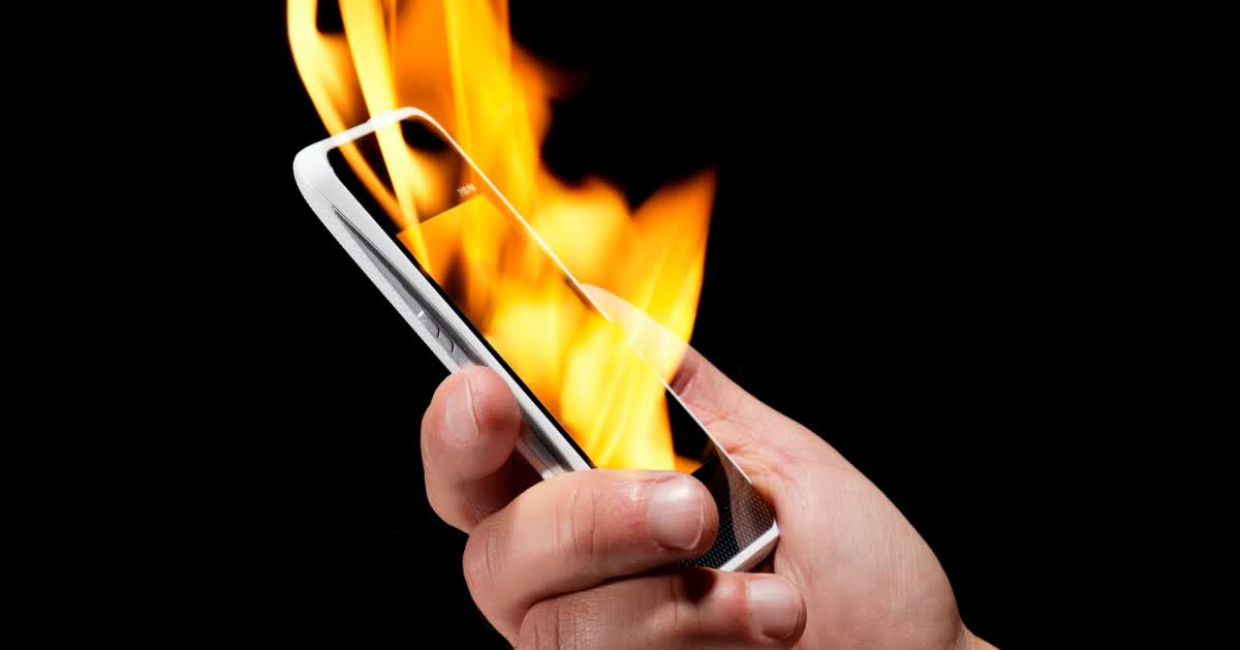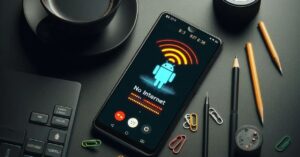Phone Overheating: What Causes It and How to Fix It

Phone Overheating
Modern smartphones are powerful tools, capable of handling everything from work and communication to gaming, streaming, and video editing. But with so much going on under the hood, phone overheating has become a widespread issue for users worldwide. If your mobile device feels unusually warm or shuts down unexpectedly due to temperature, you’re not alone.
In this article, we’ll explore everything you need to know about phone overheating — including its causes, warning signs, and most importantly, the most effective ways to cool down your device and prevent it from heating up again.
10 Common Mobile Problems and How to Fix Them
What is Phone Overheating?
Phone overheating occurs when a smartphone’s internal temperature exceeds its normal operating range. This usually happens when the processor (CPU), graphics unit (GPU), battery, or other internal components are overworked or malfunctioning.
It’s natural for your device to warm up during extended usage, but excessive heat can harm battery health, reduce performance, and even cause permanent damage. That’s why understanding and managing phone overheating is essential for the longevity of your device.
Why Phone Overheating Happens
There are several reasons your phone might overheat, and in many cases, it’s a combination of factors. Below are the most common causes:
1. Excessive Usage of Heavy Apps
Playing graphics-intensive games or editing large videos can overwork your CPU and GPU, leading to phone overheating.
2. Charging While in Use
Using your phone while it’s charging — especially with resource-hungry apps — creates double the heat output, increasing the chance of overheating.
3. Poor Ventilation
Phones kept in tight pockets, bags, or under pillows can’t release heat properly, resulting in rising internal temperatures.
4. High Ambient Temperature
Using your phone in direct sunlight or hot environments makes it more prone to phone overheating, even during light use.
5. Software Bugs or Malware
Some background apps or malware may constantly run processes, spiking CPU usage and causing the phone to overheat without any visible app being open.
6. Outdated Operating System
Older firmware may contain bugs or be incompatible with newer apps, leading to inefficient performance and excessive heating.
Signs of Phone Overheating
Knowing how to recognize phone overheating can help you take immediate action. Some signs include:
- The device feels too hot to touch
- Warning messages like “Your phone is too hot”
- Battery drains rapidly
- Performance slows down
- Apps crash or freeze
- Unexpected shutdowns
Ignoring these signs can lead to long-term damage, especially to the battery and motherboard.
How to Cool Down Your Phone Immediately
If your phone is overheating, don’t panic. There are several quick steps you can take to cool it down effectively:
1. Stop Using the Phone
As soon as you notice phone overheating, stop all activity. Put the device down and let it rest. This gives internal components time to cool.
2. Close Background Apps
Apps running in the background may be consuming resources without your knowledge. Closing them helps reduce load on the processor.
How to do it:
Swipe up or press the multitasking button and close all active apps.
3. Turn On Airplane Mode
Airplane Mode disables all wireless signals — Wi-Fi, mobile data, Bluetooth, and GPS — which can generate heat when active for extended periods.
Steps:
Go to your notification panel or settings and enable Airplane Mode.
4. Remove the Phone Case
Phone cases often trap heat. Removing it allows better air circulation and faster cooling.
5. Turn Off Unused Features
Turn off Wi-Fi, Bluetooth, GPS, and Mobile Data if they’re not in use. These functions can contribute to phone overheating, especially in low signal areas.
Long-Term Fixes to Prevent Phone Overheating
To stop phone overheating from becoming a recurring issue, adopt the following practices regularly:
1. Use Original or Certified Chargers
Low-quality chargers and cables may deliver inconsistent voltage, leading to inefficient charging and overheating. Stick to manufacturer-approved accessories.
2. Avoid Using Phone While Charging
Using your device while it’s charging generates heat from both usage and charging. For best results, let the phone charge undisturbed.
3. Install Software Updates
Developers release updates to fix bugs and improve efficiency. Keeping your OS updated helps reduce phone overheating caused by software glitches.
How to check:
Go to Settings > System > Software Update.
4. Use Battery Saver Mode
Battery Saver Mode reduces background processes and display brightness, limiting factors that contribute to phone overheating.
5. Scan for Malware
Viruses and hidden apps can consume resources silently. Use trusted antivirus apps to scan and remove threats.
6. Reduce Screen Brightness
The display consumes a significant amount of power. Lowering brightness helps conserve battery and prevents heating.
Tips for Specific Situations
Phone overheating may occur during specific activities. Here’s how to manage heat in different usage scenarios:
➤ While Gaming
- Lower graphics settings
- Use a cooling fan attachment
- Take breaks every 30–45 minutes
➤ While Streaming
- Avoid maximum volume and brightness
- Download content instead of streaming when possible
- Use Wi-Fi instead of mobile data to reduce strain
➤ During Video Calls
- Turn off the camera when not needed
- Use audio-only mode if the video isn’t required
- Avoid multitasking during the call
When to Worry About Overheating
Occasional warmth is normal, but you should seek professional help if:
- Your phone overheats when idle
- The battery is swelling
- Apps crash regularly due to temperature
- The phone shuts down frequently
- You smell burning or notice melted parts
These may indicate serious hardware issues that require technician intervention.
Common Myths About Phone Overheating
Let’s clear up some popular myths around phone overheating:
❌ Myth 1: Putting Your Phone in the Fridge Helps
Never put your phone in the fridge or freezer. Sudden temperature drops can cause condensation, leading to internal water damage.
❌ Myth 2: More RAM Prevents Overheating
RAM doesn’t directly prevent overheating. While more RAM can help with multitasking, it’s how apps use CPU and GPU that impacts heat levels.
❌ Myth 3: Closing All Apps Saves the Phone
In many modern phones, apps in the background are optimized. Constantly force-stopping them may reduce efficiency and cause additional heating.
Apps That Help Monitor Phone Temperature
While you shouldn’t rely solely on apps, a few tools can help you monitor and manage phone overheating:
- CPU-Z – Displays device temperature and component usage
- Cooling Master – Suggests actions to reduce heat
- AccuBattery – Helps monitor charging and battery health
- GSam Battery Monitor – Offers detailed reports on app power usage
Always download apps from trusted sources and check reviews before installation.
Safe Charging Habits to Prevent Overheating
Charging is one of the top triggers of phone overheating. Adopt these habits for a cooler charging experience:
- Charge in a cool, open area
- Don’t charge under a pillow or blanket
- Unplug the charger after reaching 100%
- Avoid overnight charging unless your phone has optimized charging features
Final Thoughts
Phone overheating is a common issue that most users face at some point, but it doesn’t have to become a long-term problem. With the right knowledge and smart usage habits, you can easily prevent your phone from heating up excessively.
From closing background apps and avoiding direct sunlight to using certified chargers and updating your software, there are many ways to manage temperature and protect your device. If the issue continues despite following these tips, it’s a good idea to visit a certified technician for a professional diagnosis.
Remember: Keeping your smartphone cool not only enhances performance but also extends its lifespan. Stay informed, stay safe, and keep your device running smoothly.




